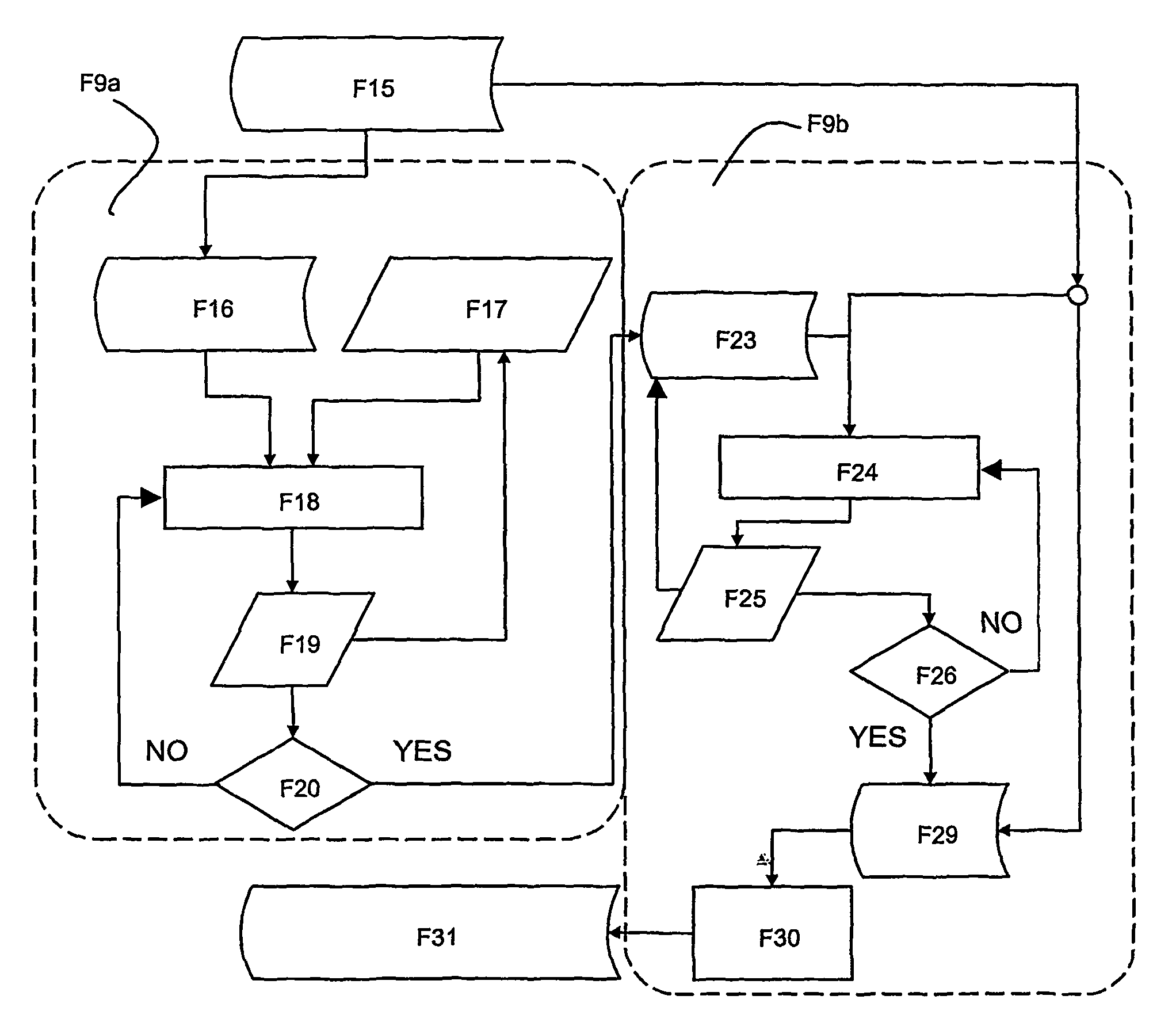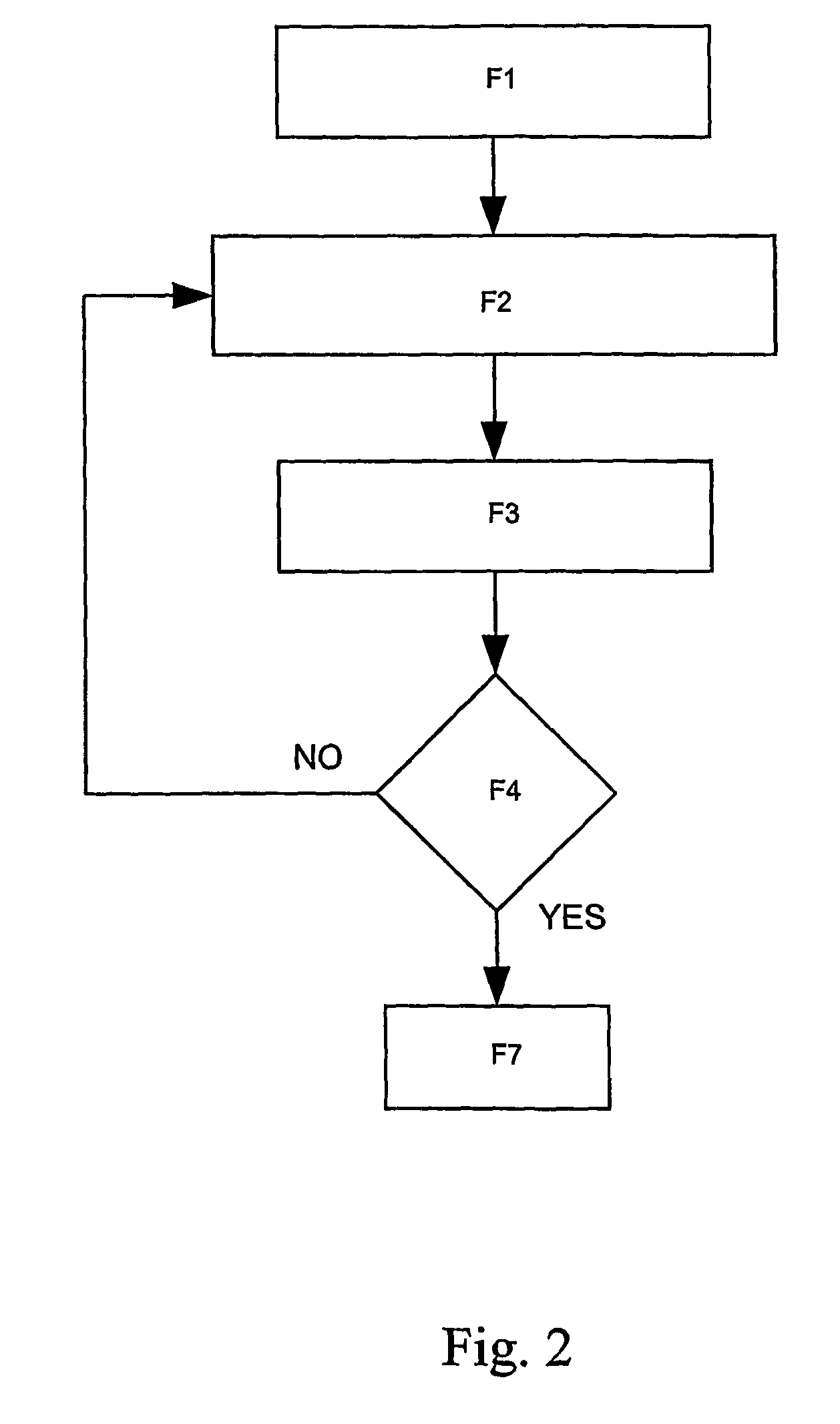Grapheme to phoneme alignment method and relative rule-set generating system
a phoneme and alignment method technology, applied in the field of automatic production of speech, can solve problems such as general uncertainty in the assignment of grapheme-phoneme, and achieve the effect of improving the quality of grapheme-to-phoneme alignmen
- Summary
- Abstract
- Description
- Claims
- Application Information
AI Technical Summary
Benefits of technology
Problems solved by technology
Method used
Image
Examples
Embodiment Construction
[0024]With reference to FIG. 1, a device 2 for generating a rule-set 10, reads and analyses entries into an input lexicon 4 and generates a set 10 of grapheme-phoneme rules. The device 2 may be, for example, a computer program executed on a processor of a computer system, implementing a method of generating grapheme-phoneme rules according to the present invention.
[0025]The lexicon input 4 comprises a plurality of entries, each entry being formed by a character string and a corresponding phoneme string indicating pronunciation of the character string. By analysing each entry's character string pattern and corresponding phoneme string pattern in relation to character string-phoneme string patterns in other entries, the method is able to create grapheme to phoneme rules for a text-to-speech synthesizer, not shown in figure. A text-to-speech synthesizer uses the generated rule-set 10 to analyse an input text containing character strings written in the same language as the lexicon 4, fo...
PUM
 Login to View More
Login to View More Abstract
Description
Claims
Application Information
 Login to View More
Login to View More - R&D
- Intellectual Property
- Life Sciences
- Materials
- Tech Scout
- Unparalleled Data Quality
- Higher Quality Content
- 60% Fewer Hallucinations
Browse by: Latest US Patents, China's latest patents, Technical Efficacy Thesaurus, Application Domain, Technology Topic, Popular Technical Reports.
© 2025 PatSnap. All rights reserved.Legal|Privacy policy|Modern Slavery Act Transparency Statement|Sitemap|About US| Contact US: help@patsnap.com



